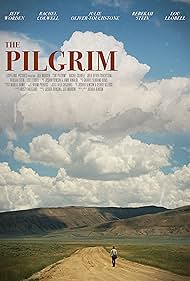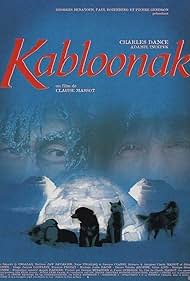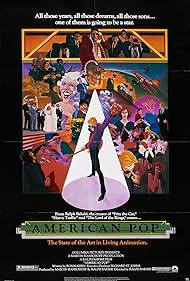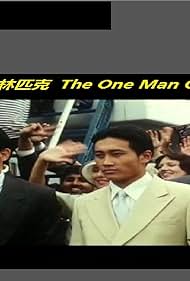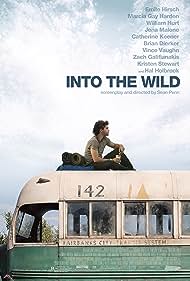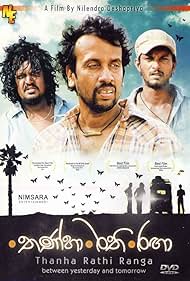Pa berahneh ta Herat Soundtrack (2003)

Buy on Amazon Play and download Soundtracks
Barefoot to Herat
Barefoot to Herat
Barefoot to Herat
Pa berahneh ta Herat
Pa berahneh ta Herat
Pa berahneh ta Herat
Synopsis
This film was shot during two trips that Majid Majidi took in Western Afghanistan in 2001 and 2002. In the first trip in November 2001, Majidi visited the refugee camp of MAKAKI in a Taliban controlled area and MILE 46, another small camp situated in a Northern Alliance held area. This was just after the offensive against the Taliban forces had started. People were fleeing away from the air raids on Kandahar, Herat and others cities and villages. The second trip took place in February 2002 in the city of Herat now freed from the Taliban and in the hunger stricken camp of MASLAKH, one of the largest in the world. The film first relates the journey of Afghans refugees fleeing the bombing and war around Herat and other cities to take refuge in ill-equipped camps. It witnesses the struggle of families having lost everything and attempting to secure a minimal life. Faced with cold, hunger and death, Afghan children still try to learn, play and enjoy whatever life offers them. In the aftermath of the fall of the Talibans, the film explores the city of Herat where it captures the reactions of the city dwellers expressing their memories and their hopes. Forgotten in the nearby camp of MASLAKH (Slaughterhouse) 150,000 displaced Afghans hardly survive. There, hunger, anger and despair prevail. And yet, amid the overwhelming destitution and the daily quest for survival, the desire for joy, beauty and music is still alive. Majid Majidi interviews peasants, soldiers, youngsters, women, elderly and gives a special attention to the children's extraordinary resilience as they are confronted with the emotional and physical turmoil of war. "Barefoot to Herat" is a cry for help and an ode to life.




